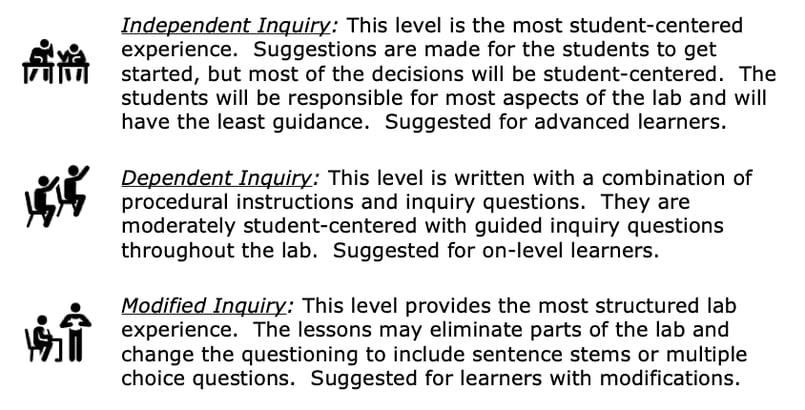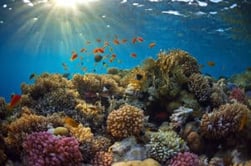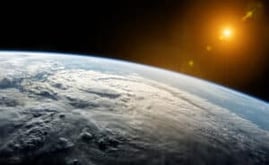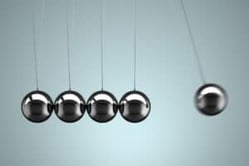Energy Resources Inquiry Lab
Middle School Inquiry Lab on Energy Resources
In this lab students will use the energy resource cards to research various forms of nonrenewable and renewable resources. Students will create a data table that highlights the advantages and disadvantages of each energy resource.
Each inquiry lab will contain an essential question that will drive the lesson and make students think. For this lesson, the essential question is:
- What are the advantages and disadvantages of nonrenewable and renewable resources?
BACKGROUND INFORMATION AND MATERIALS LIST:
Students will begin the lab by reading the essential question and background information. This can be done individually, as lab groups, or as a whole class. If you consider lab groups, you also might include some type of whole class formative checks before digging into the lab.

Materials List:
- energy resource cards
- markers/colored pencils
- plastic bag
- 90 brown beans
- 10 white beans
PROCEDURE:
For this lab, students will collect data to observe renewable vs. non-renewable energy consumption. Using the energy resource cards that are supplied with the lab, students work to read through information regarding the types of energy resources. Each card also includes the advantages and disadvantage of each energy resource as well.
Second, students will simulate the amount of energy and type of energy consumed in one year. Students start this by “blindly” selecting ten beans from a paper bag. Students will record the number of colored beans removed, as brown equals non-renewable energy, while white equals renewable energy. Students will calculate the percent usage, showing the math as to how much non-renewable energy we consume in a year's time.
Lastly, students will use gathered data to draft a small energy conservation plan for their city and surrounding areas. Tasked with coming up with a new energy usage plan to present to city council, students will take what they have collected and develop a plan that uses more renewable resources.
CHECK FOR UNDERSTANDING:
At this point in the lab, students will be checked for understanding by answering questions about their findings. Here are a few that come with the lab:
- Why should society encourage research and development on renewable energy resources?
- Describe what happens to the percent of renewable energy sources that remain available as there is an increase in energy that is used over time.
CONCLUSION
Students will go back to the essential question and write a CER (Claim, Evidence, Reasoning) to conclude the lab. Once completed, students will reflect back on their learning by answering the following questions:
- Describe the difference in renewable and non-renewable energy resources.
- Give an example of a practice that could be included in an energy conservation plan for your school.
- What will happen if society continues to depend on the use of non-renewable resources?
MODIFIED AND INDEPENDENT INQUIRY VERSIONS
All of the Kesler Science inquiry labs come with three different modification levels. Each lab is differentiated using the icons below.
STANDARDS ALIGNMENT
TEKS: 6.7A – Research and discuss the advantages and disadvantages of using coal, oil, natural gas, nuclear power, biomass, wind, hydropower, geothermal, and solar resources.

Download Over $100 in FREE Resources
For Middle School Science
Simply create a login below and gain immediate access to a selection of our Kesler Science product line worth $100 - for FREE. There's a full version of every product type! You'll also join tens of thousands of middle school science teachers who receive timely tips and strategies straight to their inbox.





